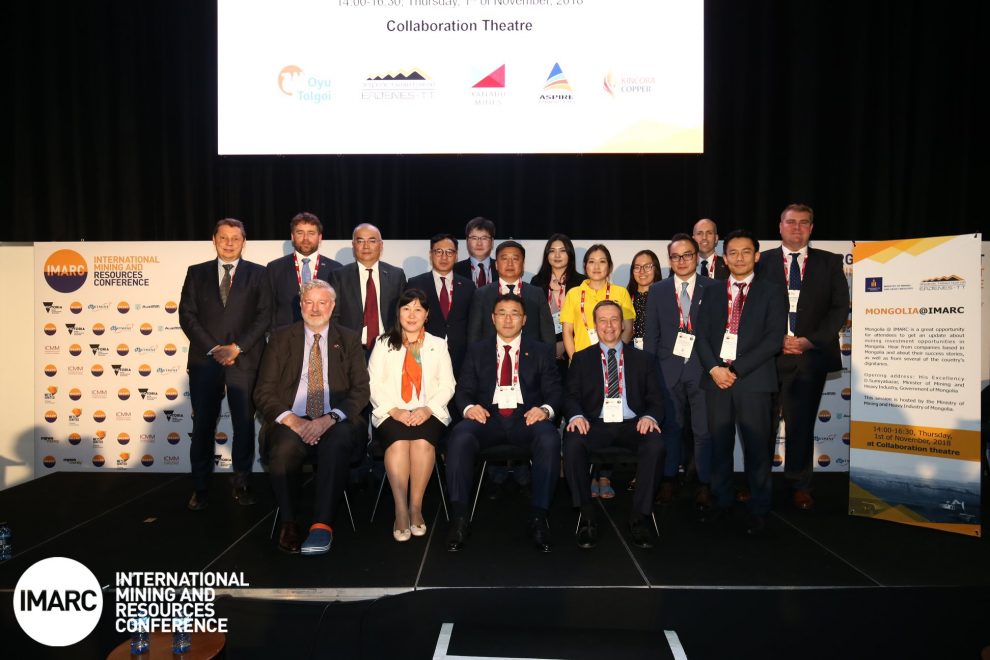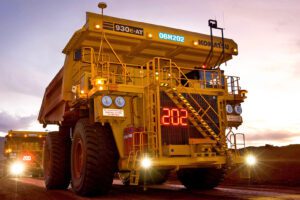A safe mining operation goes a long way towards also making it a sustainable one.
Sustainability was a hot topic at the International Mining and Resources Conference (IMARC) in Melbourne this year. The event attracted a number of leading chief executive officers to discuss what sustainability means to the modern-day industry.
Each of them raised the importance of establishing safe mines and projects as the backbone of sustainable mining.
A key aspect for each company represented on this panel was how they integrate contractors into their mines and ensure these workers become part of the safety culture.
Newmont Mining CEO Gary Goldberg says the global gold miner treats its employees and contractors in the same way in this regard.
For a company that has 22,000 workers evenly split between its employees and contractors it is the approach Newmont must take, he adds.
Goldberg says it is important that mining companies continually learn from safety-related incidences, as Newmont did after an April 2018 accident at the Ahafo mine in Ghana that killed six workers belonging to a sub-contractor.
“You look at the lessons we learned from that practice, the supervision, proper supervision – really the ability for anyone in the organisation, contractor or employee, to say ‘stop something isn’t right’ and reinforcing that,” Goldberg says during the IMARC panel session.
“It’s a message I would give every day (and) we have shared the lessons we have learned from that. There is always something that could have been done differently to avoid that tragedy.”
Goldberg views this process more like a system that all mining companies are working on developing together.
“We are all doing it, it’s a journey, and we are always willing to learn,” he says. “That’s one area where we don’t compete and we share openly what we learned and what we can do to improve as an industry.”
Newcrest Mining CEO Sandeep Biswas says a safety transformation at the Australian gold miner’s operations has been guided by three pillars: NewSafe, critical control management and process safety management.
The NewSafe initiative focuses on building the company’s safety culture through leadership, coaching and behaviours.
“This is very much about a bottom up behavioural culture piece, which is about all our people, whether they are a contractor or not,” Biswas says. “It’s a way of doing business.”
The behavioural aspect of NewSafe takes Newcrest’s employees and contractors through a process to identify the most important safety behaviours in their area, using an influencing model to form a plan that leads to them.
Newcrest’s second pillar focuses on verifying the critical controls the company has identified at each operation that will prevent fatalities and life-altering injuries.
Process safety management, an area that is primarily concerned with preventing high-consequence catastrophic events, completes Newcrest’s strategic safety improvement approach.
(Safety is) one area where we don’t compete and we share openly what we learned and what we can do to improve as an industry.
“Process safety is very much more of an engineering focus,” Biswas says. “These are the three (pillars). We have done well – our safety performance has turned around. Like everyone else we always have a long way to go.”
Biswas reinforces this fundamental approach to safety that echoes through the mining industry.
“How do we get everybody to be a safety leader? Safety is personal; it is not a process,” he says. “If that’s the one thing we could do that would go a long way to making the industry fatality free.”
South32 CEO Graham Kerr believes it doesn’t matter if the company is using a contractor or its own people, they must all be supervised in the same way.
“We have spent a lot of time and money over the last two years on what we call the capability of our supervisors and team leaders,” Kerr says.
“That very much goes all the way through down to our team leaders, superintendents, managers and all our operations to what we call a capability assessment.”
Kerr says getting the process right is key to establishing the required frontline supervision for both workers and contractors.
Despite a focus on integrating contractors into the South32 culture, Kerr does not, however, believe it needs to be the key safety focus of a mining company if processes are followed.
“To be honest I would say other issues are more of a concern,” he says. “I think every mining business today does have more and more contractors probably coming into the business.
“I think one of the key questions we always ask ourselves is why are we using a contractor?”
Read more Mining Safety News














Add Comment